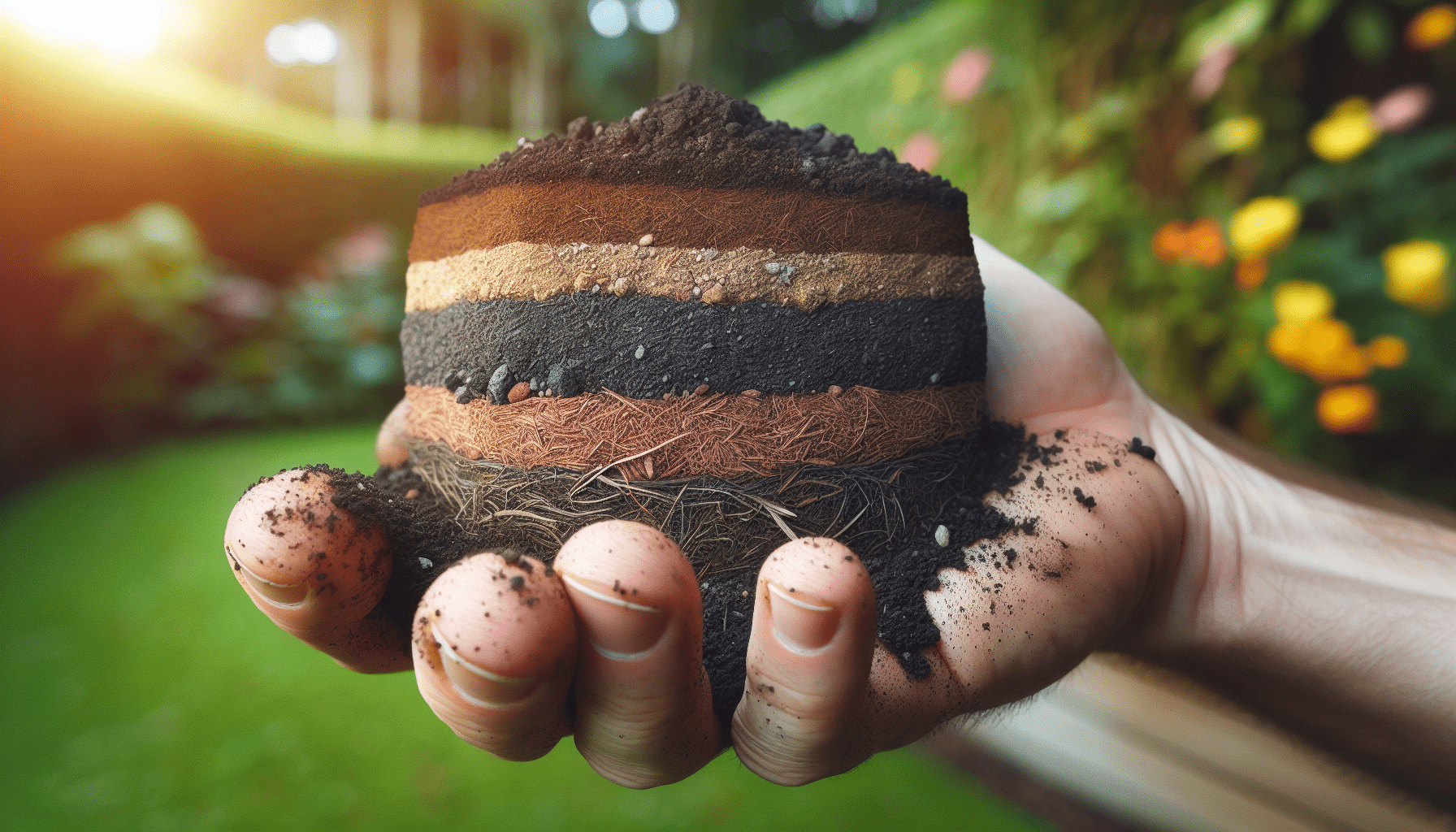Understanding Soil Types And How To Improve Them

Welcome to a journey where you'll uncover the secrets of the earth beneath your feet in "Understanding Soil Types and How to Improve Them." In this article, you'll explore the world of soil like never before, discovering the distinct characteristics of various soil types and learning invaluable tips on how to nourish and enhance them for better plant growth. Whether you're a gardening novice or a seasoned green thumb, you'll find practical advice and simple steps to transform your garden into a thriving oasis. Have you ever wondered what type of soil you're working with in your garden or farm? Understanding the specifics of your soil can make the difference between struggling plants and a thriving, lush space. The good news is that knowing soil types and how to improve them is not rocket science; it’s something you can master. In this article, we’ll dive into the main soil types, their characteristics, and how to enhance them for better plant growth.
Types of Soil
Soil types can be broadly categorized into several groups: sandy, clay, silt, loam, peat, and chalk. Each has its unique properties, advantages, and disadvantages when it comes to plant growth. Let’s look at each type closely.
Sandy SoilSandy soil is gritty and allows water to drain quickly. This kind of soil is easy to work with and warms up quickly in the spring. However, it doesn’t hold nutrients well because they wash away easily.
Characteristics:
- Light and gritty texture- Quick drainage
- Poor nutrient retention
- Easy to work with
- Warms up quickly
- Doesn’t retain water or nutrients well
- Dense and compact
- Poor drainage
- High nutrient retention
- High nutrient content
- Good water retention
- Poor drainage
- Hard to work with
- Smooth texture
- Moderate drainage
- Good nutrient retention
- Good water retention
- Easy to compact
- Can become compacted
- Not ideal for some root vegetables
- Mix of sand, silt, and clay
- Good drainage and nutrient retention
- Ideal for most plants
- Easy to work with
- Well-balanced
- Needs regular replenishment of organic matter
- High organic matter content
- Dark color
- Excellent moisture retention
- High nutrient content
- Acidic pH
- Can be challenging to cultivate
- High pH level
- Large particles, stony
- Drains quickly
- Suitable for specific plants that prefer alkaline soil
- Poor nutrient retention
- Can be difficult to cultivate
How to Identify Your Soil Type
Identifying your soil type is the first step toward improving it. There are simple tests you can perform at home to determine what kind of soil you have.
The Squeeze TestThe squeeze test involves taking a small soil sample, moistening it, and rolling it into a ball.
Soil Type Behavior of Soil in Squeeze Test Sandy Crumbles easily when touched Clay Forms a sticky ball that holds shape Silty Smooth and holds shape but can break Loamy Forms a ball but breaks apart easily The Jar TestThe jar test can help you see the proportions of sand, silt, and clay in your soil. Fill a jar with a soil sample, water, and a bit of dish soap. Shake well and let it sit. After some time, the soil will settle into layers.
Soil Component Layer Position Sand Bottom layer (settles quickly) Silt Middle layer Clay Top layer (takes time to settle)How to Improve Different Soil Types
Each type of soil has its challenges, but with a few tweaks, you can make your soil more conducive to plant growth.
Improving Sandy Soil Add Organic MatterAdding compost, manure, or other types of organic matter can help sandy soil retain water and nutrients better.
MulchUse mulch around plants to help retain moisture and protect the soil from erosion.
Improving Clay Soil Aerate the SoilYou can improve clay soil by regularly tilling it to break up the compacted layers.
Add Organic MaterialIncorporate organic matter like compost or mulch to improve drainage and texture.
Improving Silty Soil Prevent CompactionAvoid walking on or working silty soil when it’s wet to prevent compaction.
Add Organic MatterOrganic matter will help improve drainage and structure.
Improving Loamy Soil Maintain its BalanceRegularly add compost or organic matter to keep the balance of nutrients and improve soil structure.
Improving Peat Soil Balance the pHYou can add lime to peat soil to reduce its acidity and make it more alkaline.
Incorporate NutrientsAdd fertilizers to enhance its nutrient content.
Improving Chalky Soil Neutralize the pHYou can add organic matter or fertilizers to neutralize the high pH.
Retain MoistureUse organic mulches to help retain moisture.
Conclusion
Understanding your soil type is the first step towards creating a thriving garden or farm. Each soil type has its unique characteristics, but with a little effort, you can improve your soil to meet the needs of your plants effectively. From adding organic matter to performing simple at-home tests to identify your soil type, there’s a world of possibilities to explore. Happy gardening!
Remember, there are no "bad" soils, only soils that require a bit of extra love and attention. With the right approach, you can transform any soil type into fertile ground where your plants can flourish.
As you embark on your soil-improvement journey, remember that patience is key. Some changes take time to show results, but the payoff of a healthy, vibrant garden is well worth the effort. Now that you're equipped with the knowledge of different soil types and how to improve them, your garden is bound to thrive!
https://homegardenadvisor.shop/understanding-soil-types-and-how-to-improve-them/
Comments
Post a Comment